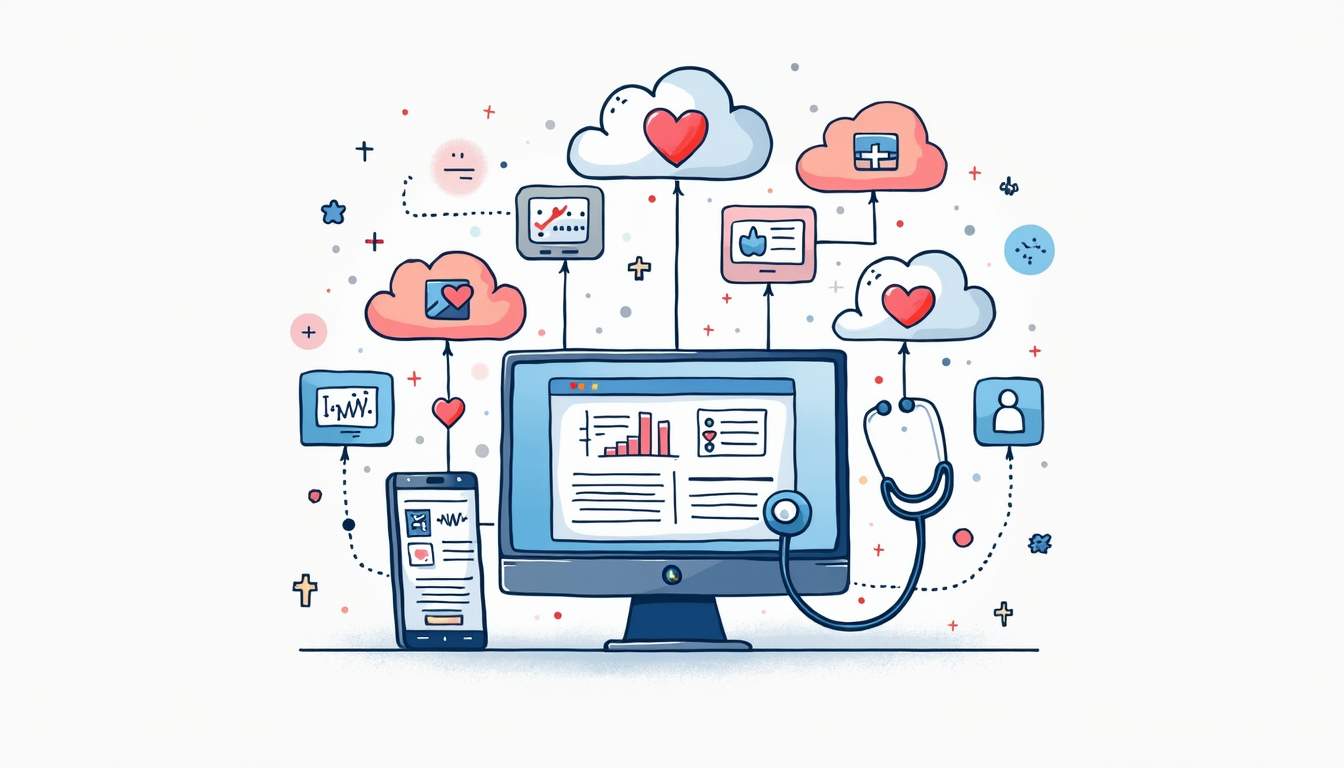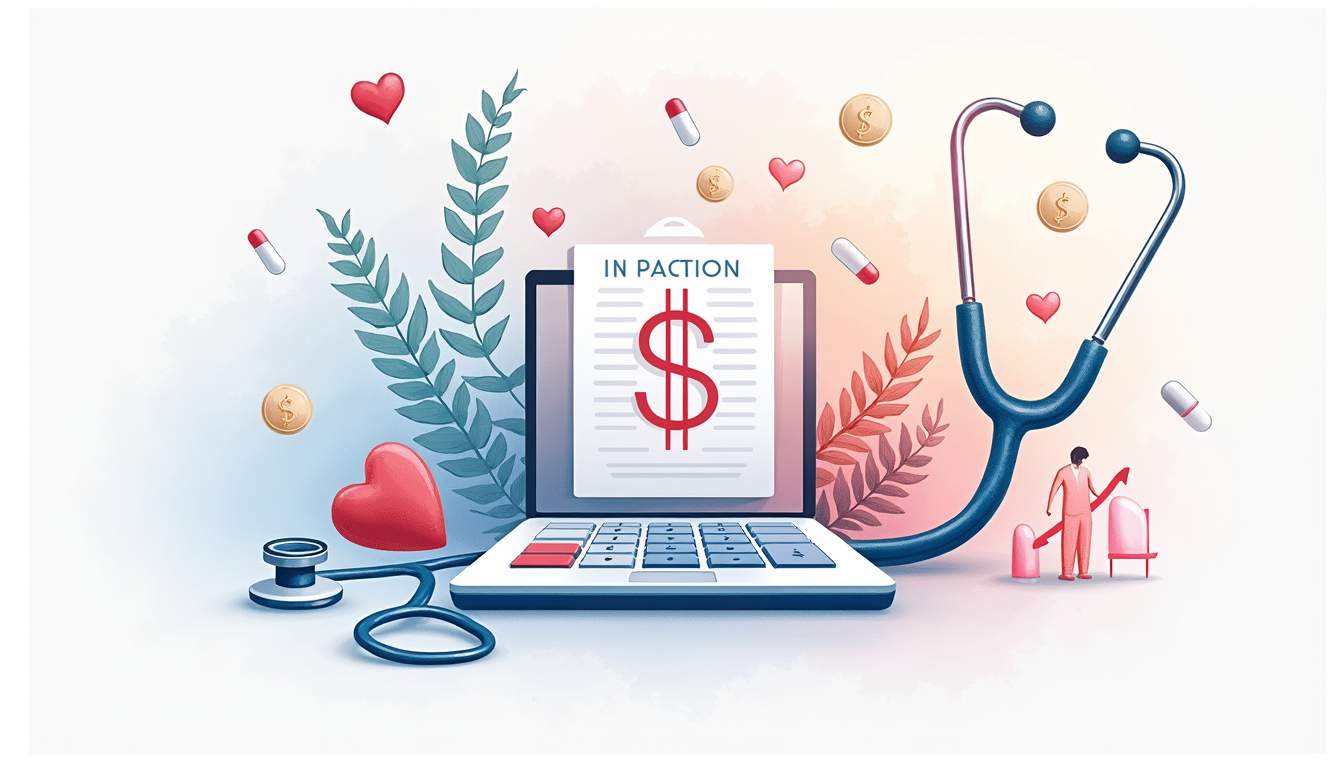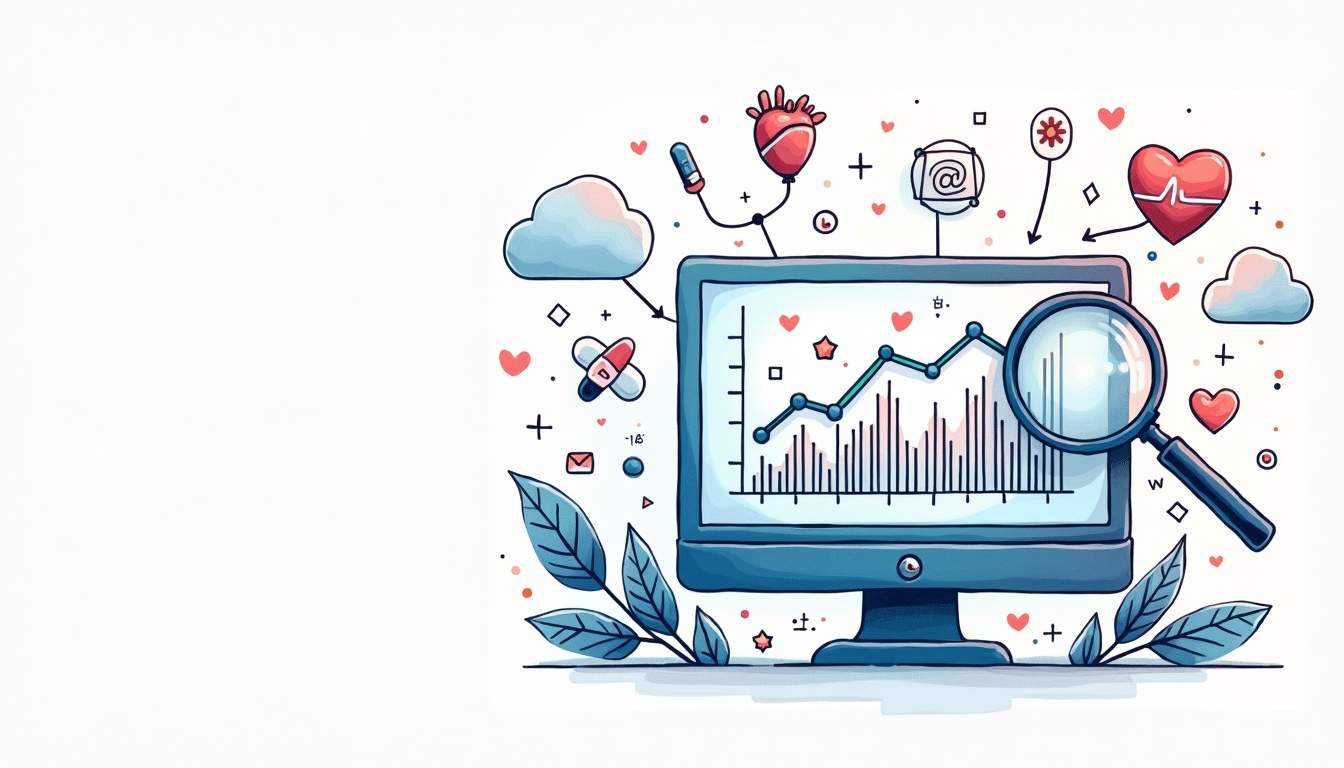1. Improved Patient Care
One of the most significant advantages of EHR software is its ability to enhance patient care. By providing healthcare professionals with immediate access to comprehensive patient records, EHR systems facilitate informed decision-making. This access not only streamlines the workflow within healthcare facilities but also empowers patients to take an active role in their own health management, fostering a more collaborative relationship between patients and providers.
Comprehensive Patient Histories
EHRs compile detailed patient histories, including past diagnoses, treatments, allergies, and medications. This information is readily available to doctors and nurses, enabling them to make well-informed decisions quickly. In emergency situations, having immediate access to a patient's medical history can be life-saving. Moreover, EHRs can also track immunization records and preventive care measures, ensuring that patients receive timely vaccinations and screenings, which are crucial for maintaining public health and preventing outbreaks of infectious diseases.
Enhanced Coordination of Care
With EHR software, multiple healthcare providers can access and update a patient's records simultaneously. This level of coordination ensures that all members of a patient's care team are on the same page, reducing the risk of miscommunication and errors. Such collaboration is particularly beneficial for patients with chronic conditions requiring multidisciplinary care. For instance, a patient with diabetes may need to see an endocrinologist, a dietitian, and a primary care physician. EHRs allow these specialists to share notes and treatment plans seamlessly, leading to a more cohesive approach to the patient's overall health management. Additionally, the ability to track referrals and follow-ups through EHR systems ensures that no aspect of a patient's care is overlooked, ultimately leading to better health outcomes and increased patient satisfaction.
2. Increased Efficiency and Productivity
Implementing EHR software can significantly boost the efficiency and productivity of healthcare practices. By automating various administrative tasks, healthcare providers can focus more on patient care rather than paperwork. This shift not only enhances the quality of care but also allows for a more satisfying work environment, as healthcare professionals can engage more meaningfully with their patients.
Streamlined Administrative Processes
EHR systems automate scheduling, billing, and reporting processes, reducing the time staff spend on these tasks. This streamlining allows healthcare professionals to dedicate more time to patient interactions, improving the overall experience for both patients and providers. Additionally, the integration of EHR with other healthcare technologies, such as telemedicine platforms, further enhances operational efficiency. Providers can easily access patient records during virtual consultations, ensuring that they have all the necessary information at their fingertips, which leads to more informed decision-making and better patient outcomes.
Reduction in Errors
Manual record-keeping is prone to errors, which can lead to serious consequences in patient care. EHR software minimizes these risks by providing standardized templates and checks that help ensure data accuracy. This reduction in errors not only enhances patient safety but also builds trust between patients and their healthcare providers. Furthermore, the ability to track and audit changes made to patient records fosters accountability within healthcare teams. By maintaining a clear history of modifications, EHR systems help identify potential issues before they escalate, allowing for proactive measures to be taken. In this way, EHRs not only safeguard patient information but also contribute to a culture of continuous improvement in healthcare practices.
3.Enhanced Data Security and Compliance
In an age where data breaches are increasingly common, the security of patient information is paramount. EHR software is designed with robust security features that help protect sensitive data. The integration of advanced technology not only fortifies the data against external threats but also instills confidence in patients regarding the confidentiality of their health records. As healthcare providers increasingly rely on digital solutions, the importance of a secure environment for patient data cannot be overstated.
Advanced Security Measures
Modern EHR systems employ encryption, secure user authentication, and regular security updates to safeguard patient information. These measures ensure that only authorized personnel can access sensitive data, significantly reducing the risk of unauthorized access. Additionally, many systems utilize multi-factor authentication (MFA) to add an extra layer of security, requiring users to verify their identity through multiple means before gaining access. This not only deters potential breaches but also enhances the overall integrity of the healthcare data management process.
Regulatory Compliance
Healthcare practices must comply with various regulations, such as the Health Insurance Portability and Accountability Act (HIPAA). EHR software often includes features that help practices maintain compliance, such as audit trails and data access logs, making it easier to adhere to legal requirements. Furthermore, these systems frequently provide training modules for staff to ensure that everyone is aware of compliance protocols and best practices. This proactive approach not only minimizes the risk of violations but also fosters a culture of accountability within the organization. By streamlining compliance processes, EHR software allows healthcare providers to focus more on patient care rather than administrative burdens.
4. Cost Savings
While the initial investment in EHR software may seem significant, the long-term cost savings can be substantial. By improving efficiency and reducing errors, healthcare practices can save money over time. The transition to electronic health records not only minimizes the costs associated with paper records but also enhances the overall quality of patient care, leading to better health outcomes and potentially lower costs associated with complications and readmissions.
Reduced Administrative Costs
With automated processes, healthcare practices can reduce the number of administrative staff needed to manage paperwork and billing. This reduction in staffing costs can lead to significant savings, allowing practices to allocate resources more effectively. Furthermore, by decreasing the time spent on administrative tasks, staff can focus more on patient care, which can enhance patient satisfaction and retention. The ability to quickly access patient records and histories also means that healthcare providers can make more informed decisions, further optimizing practice efficiency.
Improved Revenue Cycle Management
EHR software can enhance revenue cycle management by streamlining billing processes and reducing claim denials. By ensuring that claims are submitted accurately and promptly, healthcare practices can improve cash flow and overall financial health. Additionally, EHR systems often come equipped with analytics tools that help practices identify trends in billing and collections, allowing them to address issues proactively. This data-driven approach can lead to even greater financial stability, as practices can adjust their strategies based on real-time insights into their revenue cycles and patient demographics.
5. Enhanced Patient Engagement
Another significant cost-saving aspect of EHR systems is the potential for enhanced patient engagement. By providing patients with access to their health records through patient portals, practices can encourage individuals to take a more active role in their healthcare. This not only improves adherence to treatment plans but can also lead to fewer complications and hospitalizations, ultimately reducing costs associated with emergency care. Engaged patients are more likely to attend scheduled appointments and follow through with preventive care, which can significantly lower long-term healthcare expenditures.
Streamlined Communication
Moreover, EHRs facilitate better communication among healthcare providers, which is crucial for coordinated care. When various specialists and primary care physicians can easily share patient information, it reduces the chances of redundant tests and procedures, thereby cutting unnecessary costs. Improved communication also leads to quicker decision-making and treatment adjustments, which can enhance patient outcomes and further decrease the financial burden on healthcare systems. By fostering a collaborative environment, EHRs not only save money but also promote a more integrated approach to patient care.
Better Patient Engagement
EHR software fosters better patient engagement by providing tools that encourage active participation in their own healthcare. Engaged patients are more likely to adhere to treatment plans and maintain regular check-ups.
Patient Portals
Many EHR systems include patient portals, which allow patients to access their health information, schedule appointments, and communicate with their healthcare providers. These portals empower patients to take charge of their health, leading to improved outcomes.
Educational Resources
EHR systems can also provide patients with educational materials tailored to their specific conditions. By offering resources that help patients understand their health issues, practices can enhance patient knowledge and encourage proactive health management.
6. Data Analytics and Reporting
The ability to analyze data is a game-changer in healthcare. EHR software provides valuable insights through data analytics and reporting, enabling practices to make informed decisions based on real-time information.
Population Health Management
Healthcare practices can use EHR data to identify trends and patterns within their patient populations. This information is crucial for developing targeted interventions and improving overall community health outcomes.
Performance Metrics
EHR systems allow practices to track key performance indicators (KPIs), such as patient satisfaction scores and treatment outcomes. By monitoring these metrics, practices can identify areas for improvement and implement strategies to enhance the quality of care.
7. Interoperability and Integration
In today's interconnected healthcare environment, interoperability is essential. EHR software can integrate with other systems, facilitating seamless data exchange between different healthcare providers.
Improved Communication
When EHR systems are interoperable, healthcare providers can easily share patient information with specialists, laboratories, and pharmacies. This improved communication enhances care coordination and ensures that all providers have access to the same information, leading to better patient outcomes.
Streamlined Referrals
EHR software simplifies the referral process by allowing providers to send and receive referrals electronically. This streamlined approach reduces delays and ensures that patients receive timely care from specialists.
8. Scalability and Customization
As healthcare practices grow, their needs evolve. EHR software is designed to be scalable and customizable, allowing practices to adapt the system to their specific requirements.
Tailored Solutions
Many EHR systems offer customizable features that allow practices to modify workflows, templates, and reporting capabilities. This flexibility ensures that the software aligns with the unique needs of each practice, enhancing usability and efficiency.
Support for Growth
As a healthcare practice expands, EHR software can accommodate an increasing number of patients and providers without compromising performance. This scalability is essential for practices looking to grow and enhance their service offerings.
Conclusion
The implementation of medical EHR software in healthcare practices presents numerous benefits that can transform the delivery of care. From improved patient outcomes and enhanced efficiency to cost savings and better patient engagement, the advantages are clear. As the healthcare landscape continues to evolve, adopting EHR systems will be crucial for practices aiming to stay competitive and provide high-quality care.
Investing in EHR software is not just about keeping up with technology; it’s about enhancing the patient experience, improving operational efficiency, and ultimately delivering better health outcomes. The future of healthcare is digital, and EHR software is at the forefront of this transformation.
Experience the S10.AI Revolution in EHR Integration
Embrace the digital transformation with S10.AI and take the first step towards optimizing your healthcare practice. Our AI Medical Scribe is the perfect companion to your EHR system, designed to enhance patient care and clinician experience. Say goodbye to the hassle of manual note-taking and welcome a new era of precision and efficiency. Don't miss the opportunity to see S10.AI in action and discover how our ambient AI technology can elevate your practice. Request A Demo today and join the forefront of medical documentation innovation.


